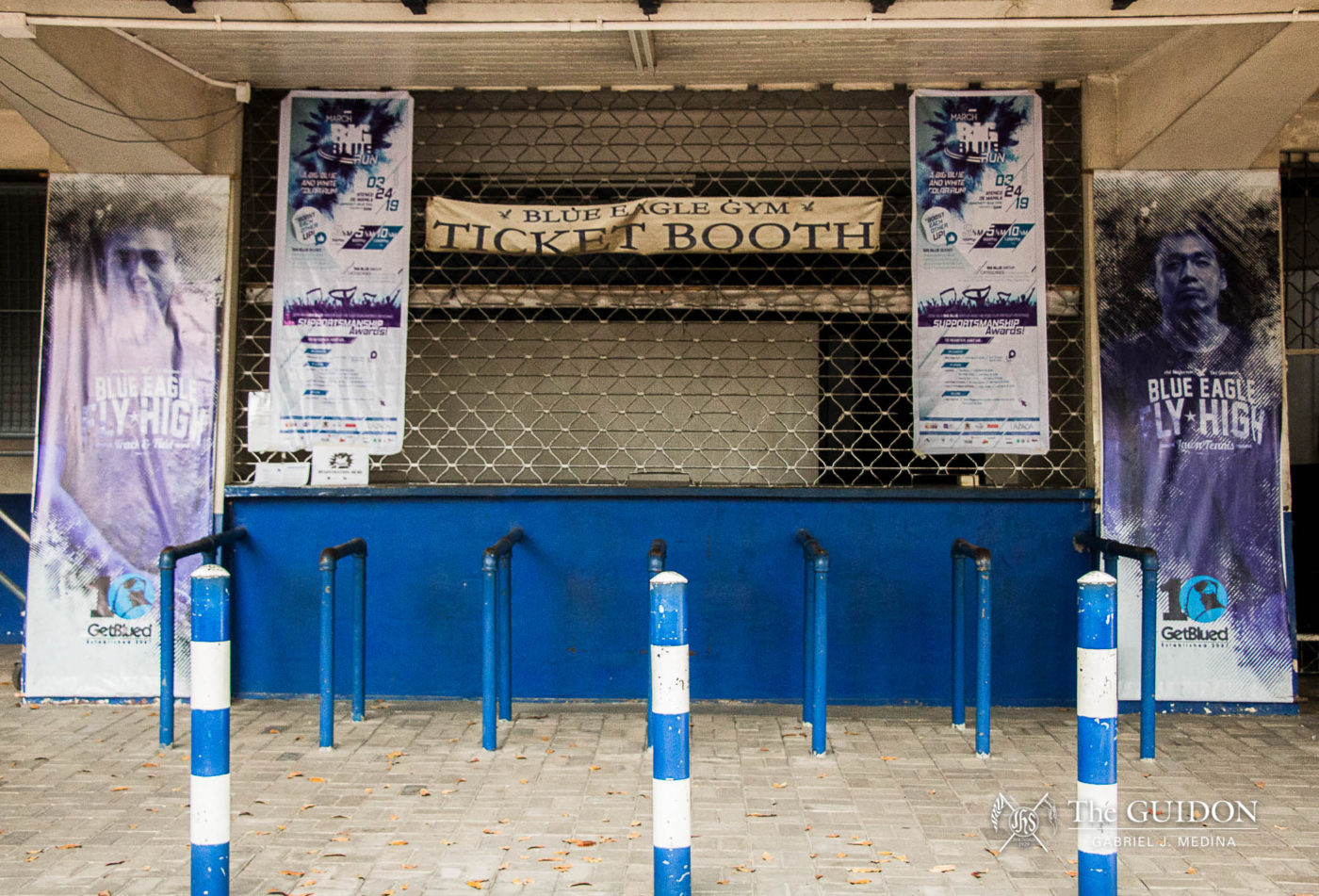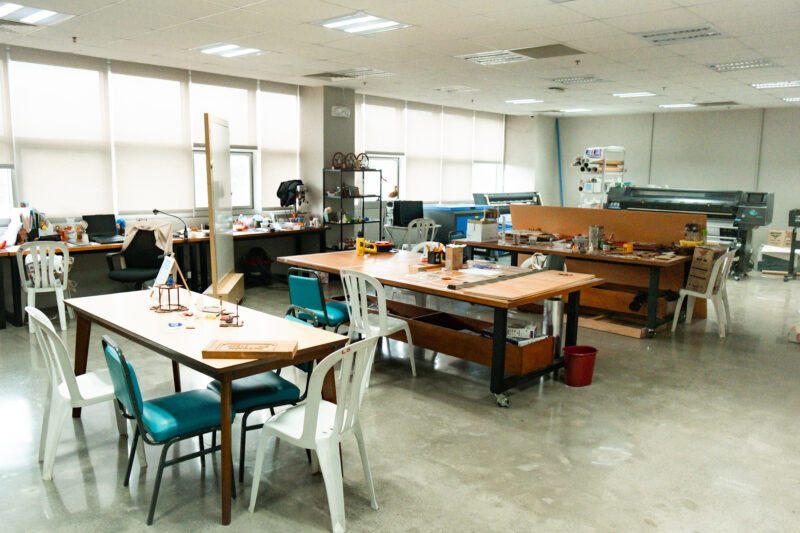FANS AND athletes alike held on to a glimmer of hope as they awaited the fate of the University Athletic Association of the Philippines’ (UAAP) Season 83. However, as the stringent community quarantine protocols persisted, the league’s Board of Trustees (BoT) officially announced the cancellation of the season last December 11.
Although the cancellation of Season 83 yielded a dismal response from the athletic community, multiple factors such as health concerns, financial stress, and logistical issues ultimately led the league’s officials to their final decision.
Checking in
In the beginning of 2020, majority of the second semester sports for Season 82 faced a delayed start due to concerns over early COVID-19 outbreaks. Following this, President Rodrigo Duterte suspended all classes on March 9 due to the increasing number of COVID-19 cases in the country.
According to a Rappler Sports report, the UAAP planned to implement other tournament formats in order to complete Season 82 if the national government declared the resumption of classes. However, the fate of Season 82 reached its crescendo on April 7 when the UAAP BoT announced the cancellation of Season 82 due to the extension of enhanced community quarantine.
As restrictions slowly relaxed in June, the Inter-Agency Task Force for the Management of Emerging Infectious Diseases (IATF-EID) released a memorandum on June 3, announcing the continued ban of contact sports. On the other hand, the government authorized non-contact sports such as badminton and golf in areas under general community quarantine.
On October 26, the Commission on Higher Education (CHED) sought to catalyze the resumption of collegiate sports by drafting guidelines for collegiate athletic training. The guidelines stipulated that Higher Education Institutions (HEI) are encouraged to establish a task force that would monitor the different athletic departments’ activities and their compliance to COVID-19 mitigation. These include mandatory swab testing and declarations of health. Despite CHED’s comprehensive proposed guidelines, ensuring the safety of HEI’s sports stakeholders could not be guaranteed.
With this development, the UAAP laid out three scenarios for the resumption of Season 83. The first option was to hold all sports simultaneously in one central venue in a manner similar to the South East Asian Games. However, due to logistical issues of housing thousands of people in a single venue, this was not a feasible choice.
The second option was to hold second semester sports only since their seasons were cut short in Season 82, but the UAAP BoT subsequently rejected this proposal as well. The last option was to stage only Men’s Basketball and Women’s Volleyball. Despite this being the most drastic option, it was heavily considered to minimize the number of athletes and necessary staff in the bubble. Moreover, the two sports were seen as the most profitable events that could help the league recuperate the steep cost of holding sporting events. In the end, none of the options were approved by the UAAP’s BoT, and Season 83 was ultimately cancelled.
A look at the flight deck
According to University Athletics Office Director Em Fernandez, health concerns, financial stress, and logistical issues were the three primary reasons that brought the season to a halt. As seen in the Philippine Basketball Association’s (PBA) bubble, stringent protocols failed to prevent some athletes and personnel from contracting the virus. Given the risk of infection and uncertainties surrounding COVID-19’s long term effects, the league deemed the resumption of Season 83 too risky from a health standpoint. “If you can’t guarantee 100% safety, why risk it? These are student athletes, [not] professional athletes. Their main responsibility is to study,” Fernandez commented.
Apart from health concerns, pushing through with UAAP Season 83 would entail huge financial implications. According to Fernandez’s calculations, it would cost around Php 5 million for a team of 25 athletes and staff to train per month inside the Loyola Schools campus. This estimate is inclusive of lodging, food, training facilities, and the required health services. Meanwhile, holding the UAAP itself would cost around Php 20 million.
Cignal TV, the UAAP’s new television partner, was reportedly willing to shoulder the cost of a bubble setup. However, the plans failed to push through given the persistent health and safety concerns.
Apart from finances, logistics was another prime point of consideration. Although the University would be able to house the Blue Eagles within the Loyola Schools premises, other UAAP schools’ campuses lack proper accommodations or training facilities for their athletes and personnel. “Even if we have a thousand beds, you can’t have four people in a room because of IATF-EID restrictions. The most you might have is two per room, so you already cut in half your number of beds,” Fernandez said.
Additionally, transporting provincial and foreign athletes in the UAAP to Metro Manila will pose logistical challenges and may place them at greater risk of infection. With all these circumstances in mind, the UAAP BoT deemed the cancellation of Season 83 as the best course of action.
“At the end of the day, we’re responsible for these student athletes. Why have a sporting event wherein you cannot guarantee [their safety?] [It’s] sad [that UAAP won’t push through], but [I’m] relieved because we don’t have to put all these athletes into something so stringent [yet] might not be 100% effective,” Fernandez shared.
Transit status
With Season 83’s fate fully decided, all eyes are now on UAAP Season 84. Fernandez is currently pushing for the league to secure vaccines as some UAAP member-schools have expressed their willingness to participate if everyone is vaccinated. Furthermore, having a vaccine would significantly decrease the health and safety risks for the UAAP’s stakeholders.
In consideration to the league prioritizing each stakeholder’s safety, the viability of UAAP Season 84 heavily depends on the league’s ability to secure vaccines for around 3,000 athletes and hundreds of staff and personnel. At the same time, the league must also secure approval from CHED and the IATF-EID to resume collegiate sporting action. Before UAAP schools can even begin planning to restart training, they must first secure guidelines from CHED as well as the IATF-EID’s approval of said protocols.
At the end of the day, the decision to cancel UAAP Season 83 was a culmination of numerous factors ranging from health and safety, finances, and logistics. Although the season’s cancellation was disheartening for many, it is clear that the UAAP BoT ultimately took the most feasible path that favored the well-being of the league’s stakeholders.
As fans, students, and athletes alike await for new information regarding the future of the UAAP, a glimmer of hope remains as the UAAP BoT continues to work on the necessary contingency plans for the season ahead.







